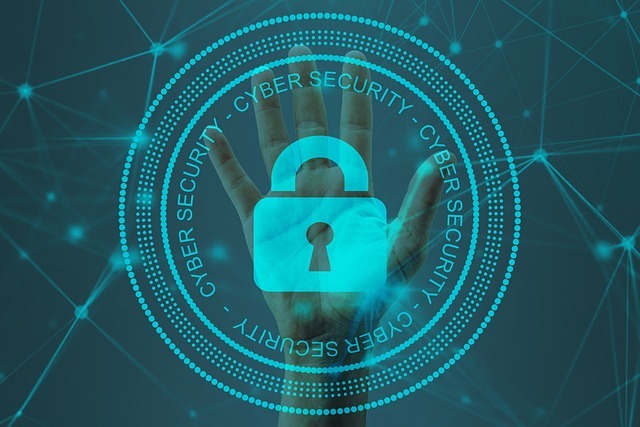In an increasingly interconnected world, cybersecurity plays a crucial role. The rapid evolution of technology brings increasingly sophisticated threats. Therefore, it is essential to understand these challenges and implement appropriate strategies to effectively protect systems and data.
Key Steps to Strengthen Cybersecurity
Identifying and Understanding Cybersecurity Threats
First, identify common threats such as viruses, malware, phishing, and DDoS attacks. Since these threats constantly evolve, continuous monitoring is essential. Companies and individuals must stay updated on the latest attack techniques to develop effective countermeasures.
Identifying Assets
Next, determine the data and systems that need protection. It is important to classify them based on sensitivity levels to optimize security. Critical assets, such as personal information, financial records, and intellectual property, require additional layers of protection.
Implementing Security Policies
To ensure effective protection, strict security rules must be adopted. Proper password management, strict access control, and data encryption are essential. Additionally, regular backups help prevent critical data loss. Organizations should also establish a clear incident response plan to act quickly in case of breaches.
Training and Awareness
Furthermore, employees must be trained in cybersecurity best practices. Since human errors often cause security breaches, continuous awareness is crucial. Companies should conduct regular workshops and simulations to prepare staff for potential cyberattacks.
Deploying Security Solutions
Additionally, it is vital to install firewalls, antivirus software, and intrusion detection systems. Multi-factor authentication also strengthens access protection. Cloud security measures and secure network configurations should also be prioritized.
Continuous Monitoring
Moreover, constant system supervision is necessary. Rapid detection of suspicious activity allows immediate intervention and risk mitigation. Using AI-powered monitoring tools can enhance real-time threat detection and response.
Incident Management
Finally, a clear action plan must be in place. In the event of a cyberattack, a swift response reduces damage and ensures faster system recovery. Organizations should conduct post-incident analyses to improve future security measures.
In summary, transitioning from theory to practice in cybersecurity requires a rigorous approach. Understanding threats and adopting strict security rules are essential. Using appropriate solutions, maintaining constant vigilance, and fostering a security-aware culture help ensure a safer and more resilient digital environment.
